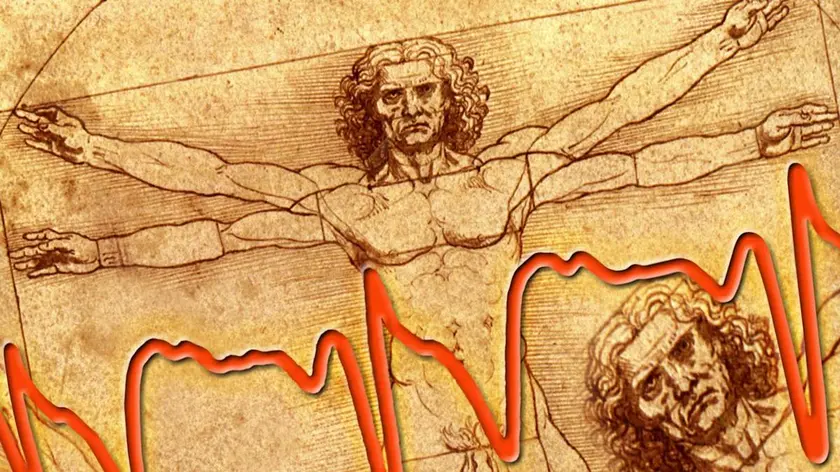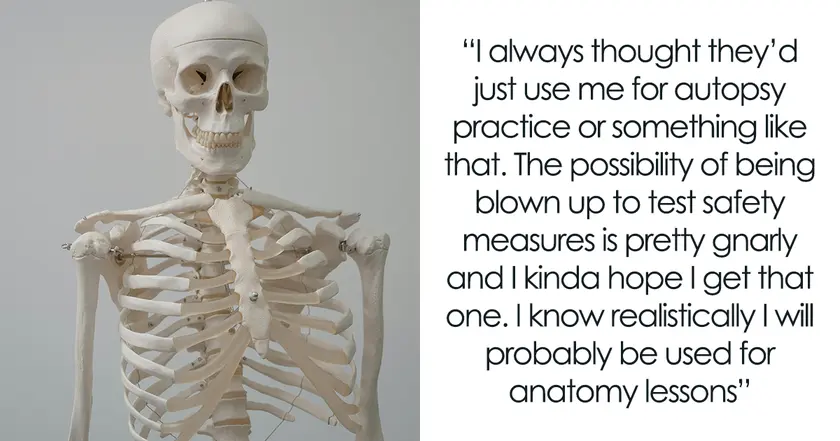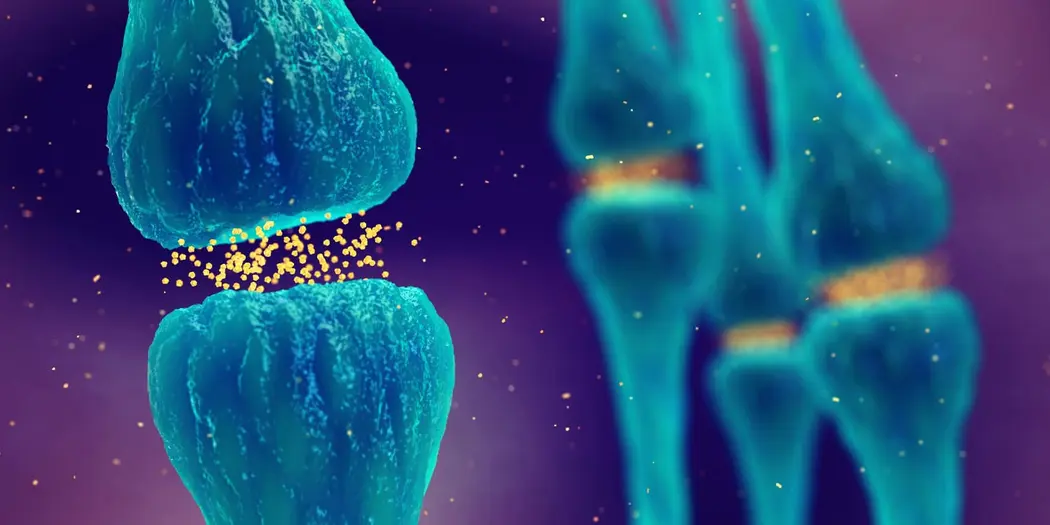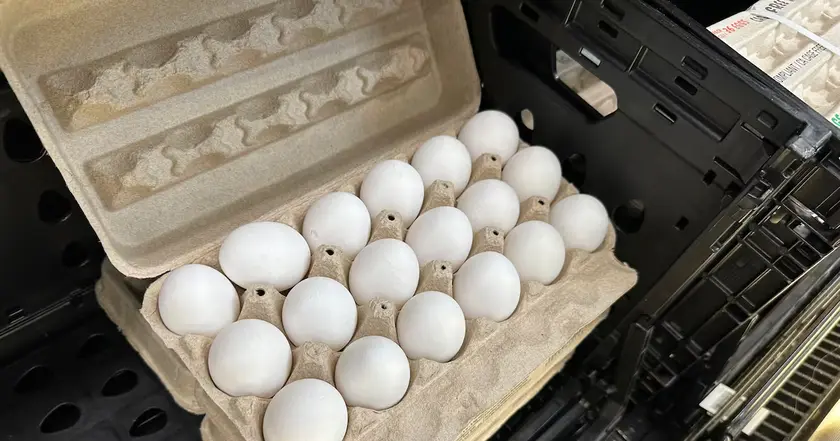T4K3.news
Heart study reshapes view of anatomy
New research links a centuries-old curiosity to modern genetics and imaging, reshaping how we understand heart health.

A new study uses fractal analysis, MRI data and genetics to explain the heart's trabeculae and their link to disease risk.
Five Hundred Years Later Scientists Solve Leonardo da Vinci Heart Mystery
A large study combines fractal analysis, magnetic resonance imaging and genetic data from 18,096 UK Biobank participants to investigate the trabeculae, the branching muscle structures inside the heart. Researchers say these thin, tree-like layers help shape how the heart works and may influence cardiovascular disease risk. The work, published in Nature, also identifies 16 genetic loci tied to trabeculae and haemodynamic traits, suggesting a genetic component to how these micro-structures form and function.
The report links the discovery to Leonardo da Vinci, noting his close study of heart details and framing the finding as a bridge between a historic sketch and modern imaging and biomechanics. By integrating biomechanics, imaging and genetics, the team argues that trabecular morphology is a meaningful determinant of cardiac performance and that this is only the start of a deeper, more nuanced picture of heart biology.
Key Takeaways
"The inner surfaces of the human heart are covered by a complex network of muscular strands that is thought to be a remnant of embryonic development."
Researchers describe trabeculae in the Nature paper.
"Using biomechanical simulations and observational data, we demonstrate that trabecular morphology is an important determinant of cardiac performance."
Researchers’ summary of the study’s finding.
"We identified 16 significant loci that contain genes associated with haemodynamic phenotypes and regulation of cytoskeletal arborization."
Genetic findings reported in the study.
"Only the combination of genetics, clinical research, and bioengineering led us to discover the unexpected role of myocardial trabeculae in the function of the adult heart."
Direct quote from the researchers about the approach.
This piece captures a trend in science: cross-disciplinary work that places art and history alongside cutting-edge genomics and imaging. It showcases how big data can reframe long-standing questions about anatomy and function, turning a sketch into a living map of health. At the same time, it invites scrutiny about how such findings will shape future research funding, medical practice and the use of genetic data. While the study marks progress, its claims about clinical impact should be tested across diverse populations and through independent replication. The blend of artistry and data invites optimism with a caution that breakthroughs often march in small steps, not giant leaps.
Highlights
- The heart hides in plain branching beauty.
- A forgotten sketch now guides a living map.
- Fractals connect anatomy to future therapies.
- Genetics and biomechanics together reveal heart secrets.
The heart keeps secrets in its branches, and science is learning to listen.
Enjoyed this? Let your friends know!
Related News

Innovative Uses of Cadavers Explored

Da Vinci Heart Sketches Open New Chapter in Cardiology

Nutrition experts promote affordable superfoods

Study reveals striatum as key area for dopamine in the brain

James Webb will study extreme lava planets

Discovery in Grand Canyon challenges views on life's origins

Chile's birthrate drops to record lows

Eggs stay a breakfast staple
